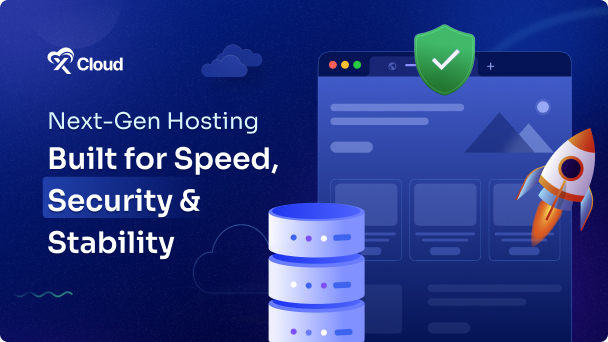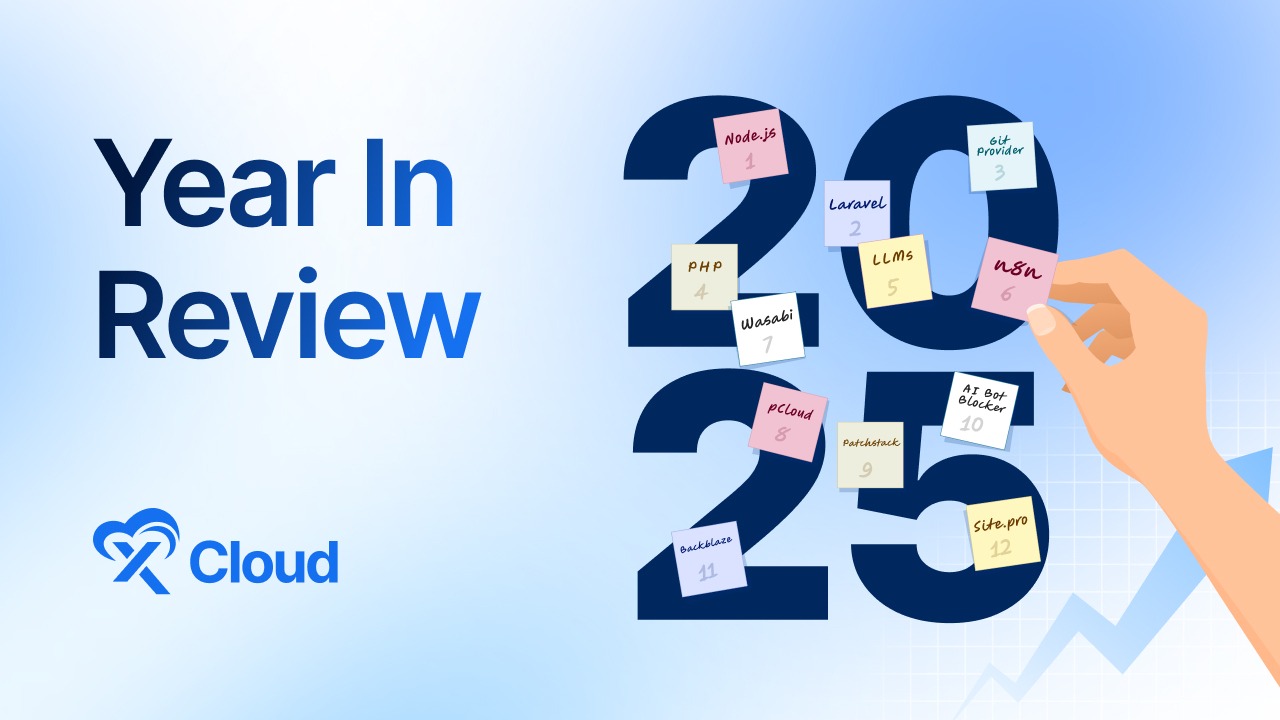Data leakage is like letting important secrets slip out. Imagine if you told someone a secret, and then they told everyone else. That is similar to what happens with data leakage. Understanding data leakage is really important because it helps us keep our information safe. Today, we will explore data leakage, look at some real examples of how it happens, learn why it happens, and find out how we can prevent it. So let us roll down.

What is Data Leakage?
Data leakage is the unauthorized transmission or exposure of information from within an organization to an external destination or recipient. This data can be anything from personal identifiable information (PII), financial records, intellectual property, confidential business or personal information. Data leakage can occur in many forms and through various channels, making it a significant concern for both individuals and organizations.
Data leakage means the escape of sensitive data from its intended secure environment. This breach can happen intentionally or accidentally. This leakage leads to potentially severe consequences such as financial losses, legal ramifications, and reputational damage. Types of Data Leakage
Common Causes of Data Leakage
Data leakage can happen for many reasons, often because of small mistakes or oversights that lead to big problems. Here are some of the most common causes of data leakage and how they might occur.
Poor Security Measures
One of the biggest reasons for data leakage is inadequate security. This can be due to weak passwords, lack of encryption, or outdated security software. For example, if a company’s network does not require strong passwords, it might be easy for hackers to guess them and access confidential information. Similarly, if sensitive data is not encrypted, anyone who gains access to it can read it easily.
Human Error
Many instances of data leakage are due to simple human errors. This could be anything from sending an email to the wrong person to misplacing a laptop or storage device with important data. For instance, an employee might accidentally attach a file containing personal customer information to a public newsletter. Such mistakes, although unintentional, can lead to serious breaches of privacy.
Insufficient Employee Training
If employees are not properly trained on data security practices, they are more likely to make mistakes that could lead to data leakage. This includes not knowing how to identify phishing emails, mishandling sensitive data, or not following proper protocols when accessing or sharing information. Companies must regularly train employees to handle data securely and be aware of the potential risks.
Malicious Insider Threats
Sometimes, data leakage is caused intentionally by employees or contractors who have access to sensitive data. These insiders might leak data to harm the company or benefit someone else. For instance, a dissatisfied employee might sell customer data to a competitor or post it online to damage the company’s reputation.
Technical Vulnerabilities
Software and hardware vulnerabilities can also lead to data leakage. Hackers often exploit flaws in systems to gain unauthorized access to data. For example, if a company’s software is not regularly updated, it might contain security loopholes that hackers can use to steal information. Similarly, physical vulnerabilities, like unsecured servers or computers, can be accessed by unauthorized people.
Inadequate Data Disposal Procedures
When old electronic devices like computers, hard drives, or mobile phones are disposed of without properly erasing the data, they can become a source of data leakage. People might recover the data from these devices and use it for malicious purposes. It is important for companies and individuals to follow strict data disposal protocols to ensure that no data remains on the equipment they discard.
Third-Party Services
Using third-party services and vendors can also lead to data leakage. Sometimes, these third parties may not have stringent security measures, or they might experience their own data breaches, which can compromise your data. For example, if a company uses a cloud service provider that suffers a breach, all the company’s data stored on the cloud could be exposed.
Poor Network Security
Weak network security is a significant risk for data leakage. This includes unprotected Wi-Fi networks, lack of network monitoring, and insufficient firewalls. If a company’s network is easily accessible, it could allow hackers to intercept data being transmitted across the network. For example, if an employee accesses sensitive company data over a public Wi-Fi network, hackers could capture that data through the network.
Lost or Stolen Devices
Mobile devices like laptops, smartphones, and tablets can contain vast amounts of sensitive data. If these devices are lost or stolen and are not properly secured, the information on them can easily leak.
Each of these causes represents a potential vulnerability that can lead to data leakage. Recognizing these risks is the first step in preventing them.
Examples of Data Leakage
Data leakage can happen in many different settings and affect various types of information. Let us look at some common examples to understand how data leakage occurs in real-life situations and the impact it can have.

Example 1: Hospital Records
In a hospital, doctors and nurses use private information to take care of patients. This information includes medical histories, treatment plans, and personal details like addresses and social security numbers. If this information leaks, it can be very harmful. For instance, if a hospital employee accidentally sends patient information to the wrong person via email, that is data leakage. This can lead to privacy violations and the patients might feel unsafe because strangers know about their health conditions.
Example 2: School Records
Schools hold a lot of personal information about students, such as grades, disciplinary records, and family backgrounds. If a teacher mistakenly shares this information with unauthorized people, that is a case of data leakage. An example is when a teacher loses a USB drive containing student records, and someone else finds it. This can harm student’s reputations and their future opportunities, as private academic or behavioral details could be exposed.
Example 3: Online Shopping
When you shop online, you provide your credit card information, address, and possibly even your phone number. If the website has poor security, hackers might access this information. This data leakage can lead to unauthorized charges on your credit card or someone using your personal details to make fake accounts. For example, if an online retailer’s database is hacked and customer information is stolen, this would not only lead to financial losses for customers but also damage the retailer’s reputation.
Example 4: Email Mishaps
Emails are a common way for information to leak. If someone sends an email containing sensitive information to the wrong recipient, that is data leakage. For example, a company employee might accidentally send a file with all the employees salaries visible to everyone in the company instead of just the HR department. This can cause dissatisfaction and distrust among employees, as private salary information is considered confidential.
Example 5: Unsecured Mobile Devices
Many people store personal and work-related information on their mobile phones. If these devices are lost or stolen without proper security measures like encryption or passwords, the information can easily leak. For instance, if a salesperson loses a phone containing confidential client details, and someone else uses that information for malicious purposes, that is data leakage. This can lead to loss of business and trust between the salesperson and their clients.
Example 6: Cloud Storage Errors
Storing data in the cloud is common, but if not managed properly, it can lead to data leakage. An example is when someone configures the security settings incorrectly, allowing unauthorized access to sensitive documents. For instance, a company might store its business plans in a poorly secured cloud storage service, and competitors might access and use this information to gain a market advantage.
Example 7: Disposal of Old Equipment
When companies or individuals throw away old computers and storage devices without properly deleting the data, they risk data leakage. For example, if a company disposes of old computers with the employee information still on the hard drives, and scavengers retrieve these details, the employees could become victims of identity theft.
Example 8: Insider Threats
Sometimes, data leakage happens not by accident but because someone inside the company decides to leak information. This could be an unhappy employee who shares trade secrets with a competitor. For example, an engineer at a tech company might take proprietary software code and give it to a rival company, which uses it to create similar products.
How Does Data Leakage Affect Us?
Data leakage can have serious consequences for both individuals and organizations. Here’s how it can impact us:
- Financial Loss: For companies, data leakage can lead to significant financial damages. This includes the costs of fixing the leak, legal fees if the leakage results in litigation, and fines if the leakage violates data protection laws. For individuals, data leakage can mean financial theft, like someone using your credit card details to make unauthorized purchases.
- Loss of Reputation: When companies suffer from data leakage, their reputation can be badly damaged. Customers and clients might lose trust in the company’s ability to safeguard their information, which can lead to lost business and a tarnished brand image.
- Identity Theft: For individuals, one of the scariest outcomes of data leakage is identity theft. If personal details like Social Security numbers, addresses, and birth dates are leaked, criminals can use this information to impersonate you. This can lead to unauthorized account openings, false applications for loans, and other fraudulent activities using your name.
- Operational Disruption: Data leakage can disrupt the normal operations of a business. If sensitive internal information, like strategic plans or proprietary technology, is leaked, it can affect competitive advantage and day-to-day functioning.
- Legal and Regulatory Consequences: There are many laws and regulations around data protection. Data leakage can lead companies to face legal penalties, regulatory fines, and mandatory audits, all of which require time and resources to address.
By understanding these impacts, it becomes clear why preventing data leakage is crucial for protecting our personal and professional lives.
Tips to Fight Data Leakage
Preventing data leakage involves a combination of good practices, awareness, and the right technology. Here are some practical tips to help individuals and organizations minimize the risk of data leakage and keep their information secure.

Implement Strong Password Policies
One of the simplest yet most effective ways to prevent data leakage is to use strong, unique passwords for all accounts. Passwords should be long, include a mix of characters (numbers, letters, and symbols), and be changed regularly. Additionally, implementing multi-factor authentication (MFA) provides an extra layer of security, making it harder for unauthorized users to gain access even if they know the password.
Educate and Train Employees
Regular training on data security best practices is crucial. Employees should be aware of the risks of data leakage and how their actions can impact security. Training programs should cover topics like phishing, safe internet practices, and the importance of reporting suspicious activities. Creating a culture of security within the organization can significantly reduce the risk of data leakage due to human error.
Use Encryption
Encrypting data makes it unreadable to anyone who does not have the key to decrypt it. This should be applied to data at rest (stored data) as well as data in transit (data being transmitted). Using strong encryption methods can prevent data leakage even if unauthorized individuals access the data.
Secure Physical and Network Access
Physical security measures, such as securing offices and data centers with access controls, can prevent unauthorized access to physical machines and storage devices. Similarly, securing the network with firewalls, intrusion detection systems, and regular monitoring can help detect and block malicious activities before they lead to data leakage.
Monitor and Control Data Access
Limiting access to sensitive data to only those who need it can minimize the risk of data leakage. Implementing access controls and keeping detailed logs of who accesses data and when can help identify potential security breaches before they cause significant damage.
Implement Data Loss Prevention (DLP) Tools
Data Loss Prevention tools can automatically detect and block potential data leakage points across a network. DLP tools work by identifying sensitive data and monitoring its use, preventing unauthorized sharing or transmission outside the company.
Regularly Update and Patch Systems
Keeping software and systems updated is critical to protect against known vulnerabilities. Hackers often exploit outdated systems with known security flaws. Regular updates and patches ensure that these loopholes are closed, reducing the risk of data leakage.
Manage Third-Party Risks
When working with third-party vendors or service providers, it’s important to assess their security practices. Ensuring that third parties adhere to stringent security standards can prevent data leakage that might originate from less secure systems. Contracts should include clauses that hold third parties accountable for maintaining the security of any data they handle.
Develop a Response Plan
Despite the best efforts, data leakage can still occur. Having a comprehensive incident response plan in place can help mitigate the damage. This plan should outline how to respond to a data breach, including notifying affected individuals, working with cybersecurity professionals to contain the breach, and communicating with the public and regulatory bodies as necessary.
Secure Mobile Devices
As mobile devices become common tools for accessing and storing sensitive information, securing these devices is crucial. Implementing mobile device management (MDM) solutions that can enforce security policies, remotely wipe data on lost or stolen devices, and monitor for suspicious activities can significantly reduce the risk of data leakage from mobile sources.
Use Secure File Sharing Practices
Instead of using unsecured methods to share files, such as email attachments or unencrypted file transfer protocols, use secure file-sharing services that offer end-to-end encryption. This ensures that data remains protected during transmission and only intended recipients can access it.
By implementing these tips, organizations and individuals can significantly reduce the risk of data leakage. It is essential to stay vigilant and proactive in data security practices, as the threat landscape is constantly evolving. Regular reviews and updates to security protocols can help keep sensitive information safe from unauthorized access and prevent potential data breaches.
Secure Your Data & Prevent Data Leakage Efficiently!
Data leakage is a serious issue that can lead to financial loss, damaged reputations, and legal troubles. However, by understanding how data leakage happens and implementing strong security measures, we can significantly reduce the risks. It is important for everyone to be proactive about security. Protecting our data not only helps prevent data leakage but also builds trust and ensures a safer digital environment for all.
If you have found this blog helpful, feel free to subscribe to our blogs for valuable tutorials, guide. You can also join our Facebook community to share insights and engage in discussions.







































